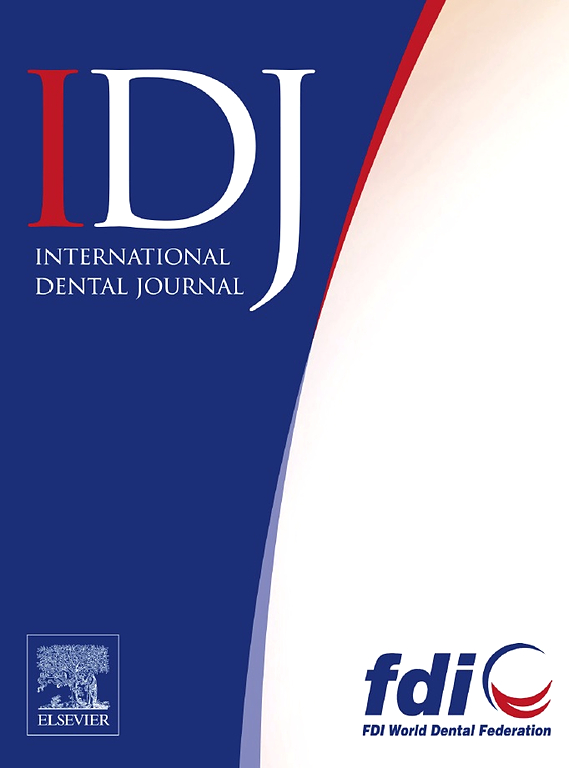Oral Candida in Orthodontic Patients Wearing Removable Orthodontic Appliances: A Systematic Review and Meta-Analysis
IF 3.2
3区 医学
Q1 DENTISTRY, ORAL SURGERY & MEDICINE
引用次数: 0
Abstract
Objectives
To evaluate the impact of removable orthodontic appliances (ROA) on oral Candida colonization using a systematic review approach.
Methods
We searched for human studies published from inception to April 29, 2024, in PubMed, Scopus, Cochrane central, and the VHL regional portal. Studies on oral Candida colonization in ROA wearers with acrylic components covering the oral mucosa, involving participants aged between 6 and 40 years, were considered eligible. Data on oral Candida colonization categorized by treatment period—before, during, and after ROA use— were the outcomes of interest. Additionally, the data for the treatment period were further subdivided into 4 timeframes: immediate-term (<3 months), short-term (≥3-6 months), mid-term (≥6-12 months), and long-term (≥12 months). The quality of the included studies was assessed using appropriate tools based on their study designs, and a random-effects meta-analysis was conducted to pool the data, reporting odds ratios with 95% confidence intervals.
Results
Of the 1,269 records identified, 7 observational studies met the inclusion criteria. These included 3 cross-sectional studies and 4 before-after studies. Based on the follow-up period, no significantly higher prevalence of oral Candida colonization was observed in the immediate-term treatment group compared with the before-treatment group (P = .15). However, oral Candida colonization was significantly more prevalent in the short-term and mid-term ROA wearers compared with the before-treatment group (P = .0006 and P = .001, respectively).
Conclusions
Wearing removable orthodontic appliances for longer than 3 months increases the prevalence of oral Candida colonization. However, further randomized controlled trials are needed.
佩戴活动矫正器的正畸患者口腔念珠菌:一项系统综述和荟萃分析
目的采用系统评价方法,评价可移动正畸矫治器(ROA)对口腔念珠菌定植的影响。方法检索PubMed、Scopus、Cochrane central和VHL区域门户网站中从成立到2024年4月29日发表的人类研究。年龄在6岁至40岁之间的丙烯酸树脂ROA佩戴者口腔念珠菌定植研究被认为是合格的。口腔念珠菌定植的数据按治疗期分类-使用ROA之前,期间和之后-是感兴趣的结果。此外,治疗期的数据进一步细分为4个时间框架:近期(3个月)、短期(≥3-6个月)、中期(≥6-12个月)和长期(≥12个月)。根据研究设计使用适当的工具评估纳入研究的质量,并进行随机效应荟萃分析以汇集数据,报告95%置信区间的优势比。结果在1269篇文献中,有7篇观察性研究符合纳入标准。其中包括3项横断面研究和4项前后对照研究。根据随访时间,与治疗前相比,即刻治疗组口腔念珠菌定植率未见显著升高(P = .15)。然而,与治疗前组相比,短期和中期佩戴ROA者口腔念珠菌定植明显更普遍(P = .0006和P = .001)。结论使用活动正畸矫治器超过3个月可增加口腔念珠菌定植率。然而,需要进一步的随机对照试验。
本文章由计算机程序翻译,如有差异,请以英文原文为准。
求助全文
约1分钟内获得全文
求助全文
来源期刊

International dental journal
医学-牙科与口腔外科
CiteScore
4.80
自引率
6.10%
发文量
159
审稿时长
63 days
期刊介绍:
The International Dental Journal features peer-reviewed, scientific articles relevant to international oral health issues, as well as practical, informative articles aimed at clinicians.
 求助内容:
求助内容: 应助结果提醒方式:
应助结果提醒方式:


